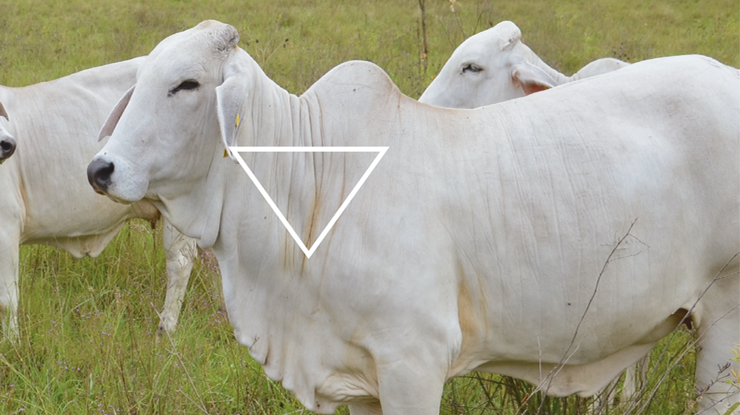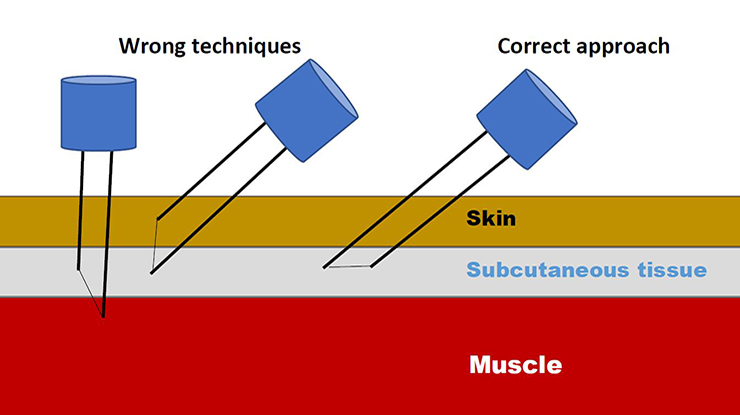Vaccinations are a critical component of cattle husbandry and, when administered correctly, can prevent common endemic livestock diseases leading to improved animal welfare and productivity.
MLA’s new vaccination resources for northern beef producers support decisions around:
- the best time to vaccinate
- how to administer vaccines for the best results
- which vaccines are right for their herd.
Should I vaccinate?
Vaccination can be used to help manage the risk of disease in livestock, alongside other measures such as biosecurity, genetic selection and herd management.
If there’s risk of disease, vaccination to prevent or minimise this disease will be a worthwhile investment.
The cost of the vaccine, including mustering and handling costs, can be significantly lower than the potential cost and impact of disease within an unprotected herd.
However, while in most cases vaccination will prevent death or production loss, it may not stop an animal being infected or transmitting the disease.
When deciding to vaccinate, key considerations include:
- if any diseases are present or likely to occur on the property
- if a vaccine is available, and its efficacy and duration of action (how long it lasts)
- alternative control options.
Even if a property is located outside of endemic areas such as coastal or swampy regions, it’s recommended that cattle being sold or moved are vaccinated to decrease the likelihood of death or carcase damage from disease contraction.
When should I vaccinate?
Vaccination can coincide with routine husbandry procedures such as branding, weaning or pregnancy testing.
While weaning is considered the ideal time to begin the vaccination process, other beneficial times are when selecting replacement heifers and at bull testing.
Vaccinating against leptospirosis, vibriosis and pestivirus during this period will be effective in decreasing abortion and infertility in breeders, and mortality and birth defects in calves.
Other vaccines can be administered at any time; however, clostridial is often given in conjunction with leptospirosis as 7-in-1.
Leptospirosis vaccination is highly recommended to all producers regardless of whether they have breeding stock as there is risk of transmission of the disease to humans.
What is the best vaccination technique?

Most vaccines are given by subcutaneous injection. The preferred injection site is in the neck area forward of the shoulder (image 1) to minimise potential for carcase damage and financial loss, if trimming is necessary.
It’s important to inject vaccines under the skin as severe reactions can occur if oily vaccines are injected into muscle.
Key techniques to ensure safe and effective vaccination include:
- Use a short needle (12.7mm) for subcutaneous vaccine administration and a longer needle (20mm) for intramuscular administration.
- Set the needle on the syringe so the open end of the bevelled needle is facing the injection site and is not visible to the operator (image 2).
- Inject at a 45-degree angle.
- Use a two-hand technique*, if the animal’s head can be restrained, to lift a fold of loose skin and inject the ‘tented’ skin’s base, or use a onehanded technique if cattle are being injected in the race.
- Cattle in poor body condition or under severe stress may not respond as well to vaccination.

Take extreme care when injecting cattle using the two-hand technique as accidental needle-stick injury to the operator can occur if cattle are inadequately restrained. Use shrouded self-tenting needle guards to avoid potential injury to the operator.
Vaccination checklist
- Contact your local veterinarian to seek advice on vaccines ideal for your herd and seasonal conditions.
- Always follow manufacturer’s instruction on vaccine handling, storage and timing between doses.
- Use a cooler box on-site to prevent light damage and keep vaccines cool.
- Use separate syringes for each vaccine and administer to different sites – approximately 10cm apart.
- Change needles frequently – every 50 jabs is recommended. Do not use disinfectant to clean needles or injection site for modified vaccines.
- Thoroughly wash vaccine guns before and after use in warm soapy water.




